You’ll be hard-pressed to find a British fridge without a cucumber. But what is the attraction?
Many people see the cucumber as a simple salad filler with little nutritional content and, some would say, little taste to boot. And yet we go through them like nobody’s business. For me, they’re a marvellous fruit (yes, they are a fruit).
The freshness, the juiciness, and that delicious crunch makes them the perfect accompaniment to so many meals – whether sliced into a sandwich or salad, or, my favourite, cut into spears and dipped in hummus.
Nutritionally, cucumbers are actually much better for us than most people think. They are very high in vitamin K, which is essential to building strong bones, preventing heart disease, and more. The skin is also full of vitamin C, so sticking the whole thing in a smoothie is a great idea too. Cucumbers are also a good source of several phytonutrients.
Phytonutrients are not essential to the body like vitamins are, but they serve tonnes of positive functions such as preventing disease, detoxifying, and many other benefits. In fact, they are so well balanced that eating cucumber after you’ve had a few drinks will help prevent a hangover!
Whatever the reason, we have been growing, eating, and loving them for millennia. Apparently, the Roman Emperor Tiberius demanded them on his table all year round, forcing his subjects to construct an ancient version of a greenhouse just to keep the juicy cukes flowing! Now that’s true passion.
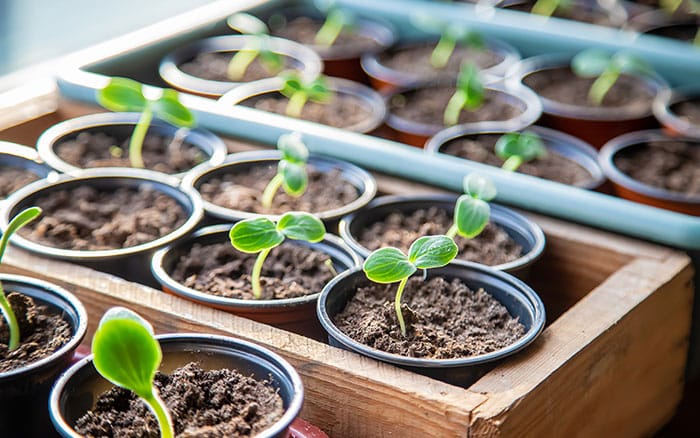
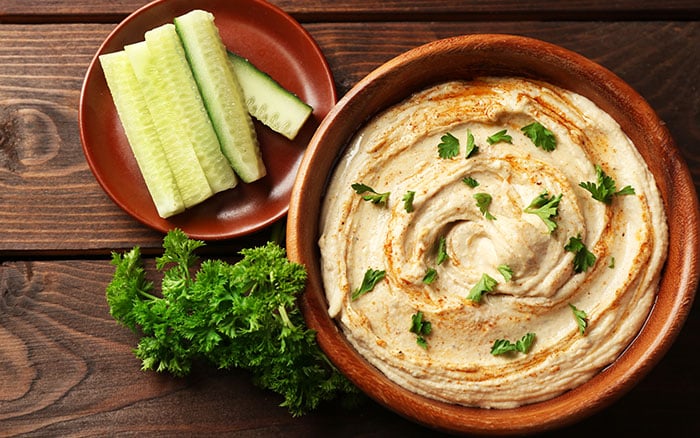
Are you in or out?
Question one is whether you want an indoor or outdoor variety. If you are lucky enough to have a greenhouse, then it’s worth growing them indoors.
The big difference between the two is pollination. Outdoor, or ridge, varieties need pollination, and many cannot self-pollinate so you will more than one plant. The insects should take care of the rest. For indoor varieties you can get all-female types, or types where you can pinch off the male flowers as they grow.
Sowing
For indoor varieties you’ll want a pot of at least 7.5cm with free-draining compost. Sow the seeds on their sides about 1cm deep in April or May (depending on the temperature and whether you have a heated greenhouse or not), carefully transplanting into larger pots or grow bags in May or June.
You don’t want them covering the floor or your greenhouse, so they will need to be trained to a vertical wire or cane, and you’ll want to pinch out the growing point when it gets to the roof to encourage bushy growth.
You should pinch out flowerless sideshoots after about 60cm, and for sideshoots with a female flower (which you can tell by the tiny fruits behind the flower) pinch out after two leaves.
Outdoor types can just sprawl across the ground without supports. First, dig in plenty or compost and rake in 100g per square metre of general purpose fertiliser. Sow in early June, and use a fleece or cloche for protection if you have it. Pinch out the growing tip after seven leaves, and do the same with flowerless sideshoots.
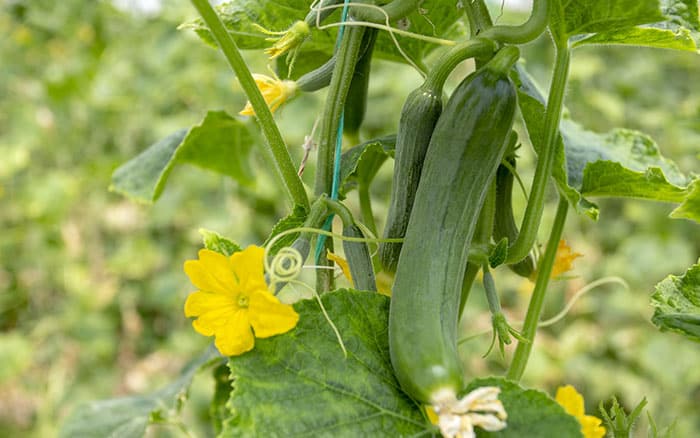
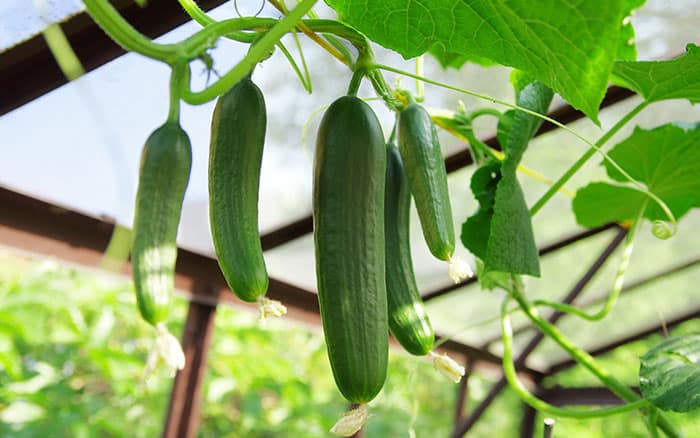
Notes on care
Water little and often – cucumbers can be divas about moisture, and don’t like to be dry or waterlogged. You can also feed with a high potash feed every fortnight once fruits start to develop.
Harvesting
Fresh, juicy, home-grown cucumbers will beat anything you can find in the supermarket by a mile. They should be ready about 3 months after sowing, when they are 15-20cm long and still green. Harvest them when they are young and tender (technically we eat cucumbers before they are ripe, because they become bitter as they mature and turn yellow).
Harvesting in the morning when the temperatures are still cool will give you a crispier fruit, and harvesting regularly will encourage them to produce long and continuously. Outdoor types will go until September, indoor until October usually.
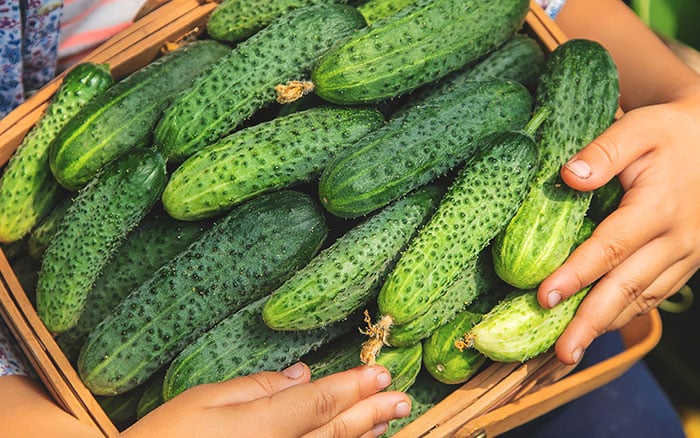
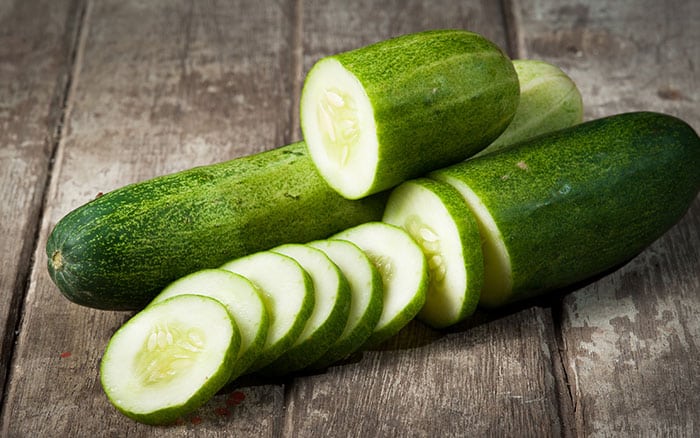
Quirky tip
You can harvest the bottom half of a cucumber and leave the top half on the vine! The skin should heal over and the fruit keeps growing, making it stay fresh much longer than it would in the fridge.
Fun facts
- There can be a 20° difference between the inside of a cucumber and the actual temperature outside. That’s why we say ‘cool as a cucumber’.
- Pureed or sliced cucumber gives an almost instant relief to sunburnt skin. Just place some against the affected area.
- The Romans are reported to have used cucumbers to treat scorpion bites, bad eyesight, and to scare away mice. Wives wishing for children wore them around their waists, and they were also carried by midwives, then thrown away when the child was born.
Varieties
- Carmen – This variety is a favourite of organic growers because of its good yields, bitter-free fruit, and superb disease resistance.
- Baribal – Try these for early maturing. You’ll get heavy yields of short dark green fruit.
- Picolino – These are mini cucumbers, juicy and crisp, with good disease resistance.
David Domoney is a Chartered Horticulturalist, Broadcaster, and Author. David has worked with a number of the UK’s leading garden retailers as a plant buyer and strategic consultant. With more than 30 years experience, in horticulture, David is as passionate about plants now as he was when he bought his first plant at a village fete.

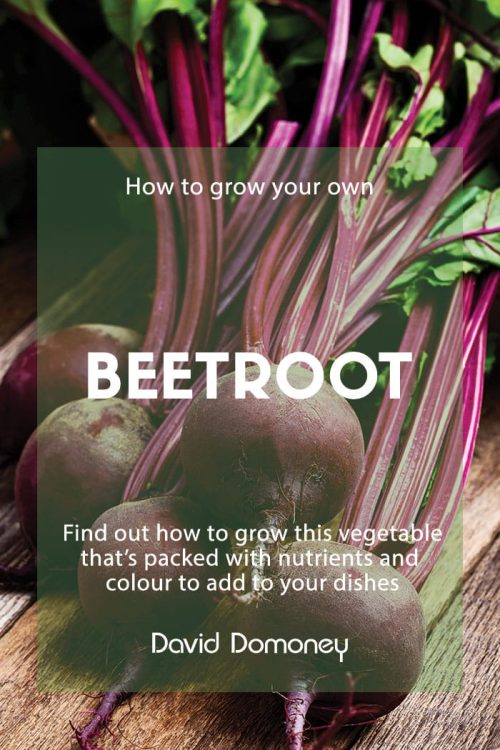


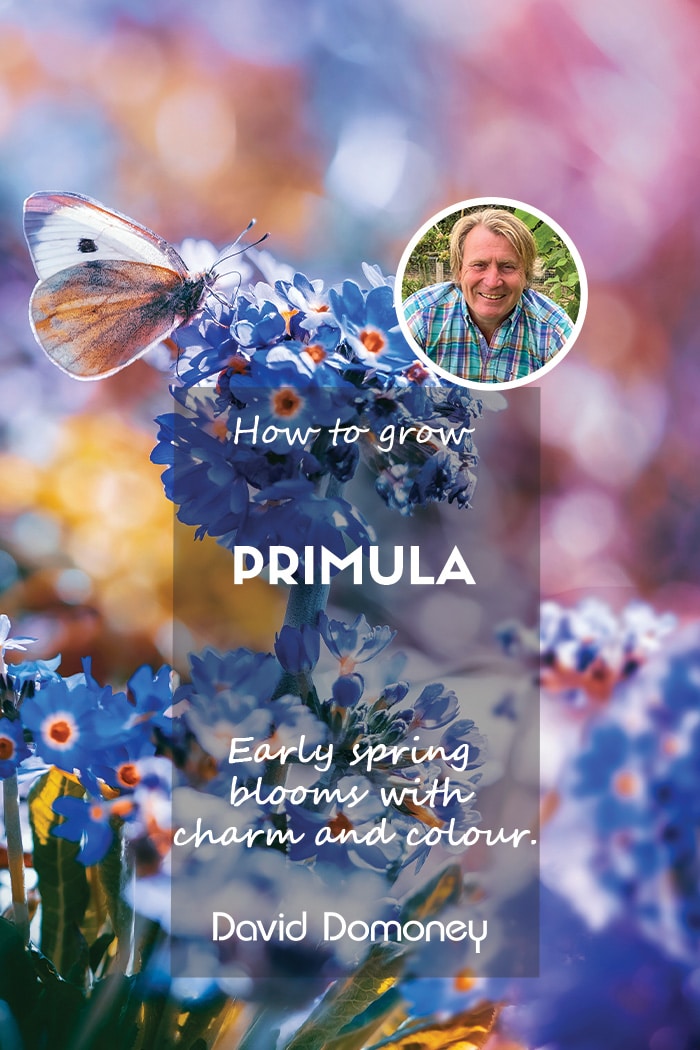

Leave A Comment